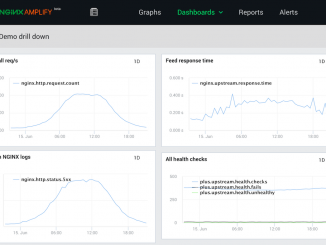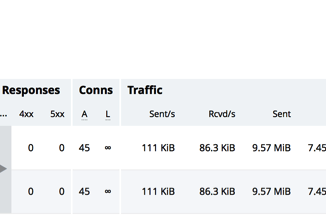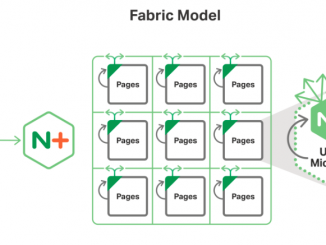
Announcing the Public Beta Release of NGINX Amplify
Announcing the Public Beta Release of NGINX Amplify We are proud to announce the free public beta release of NGINX Amplify, our new tool for monitoring NGINX and NGINX Plus. With NGINX Amplify you get visibility and control of NGINX and the applications it delivers. You can use it to quickly troubleshoot and resolve health and performance issues within your applications and across your infrastructure. NGINX Amplify includes powerful features such as recommendations for performance and security improvements, a customizable server monitoring dashboard, and a configurable alerting system. Register for a live webinar to be held on July 13, 2016 at 10:00 AM PDT to learn more and see a demo. Click here to sign up for free today. Easily access key performance metrics in NGINX Amplify with a customizable dashboard NGINX Amplify is easy to use, and takes only 5 minutes to set up. With NGINX Amplify you [ more… ]



